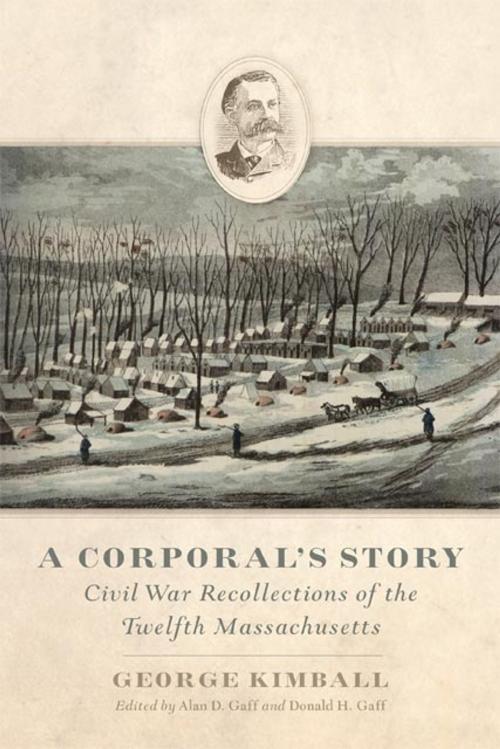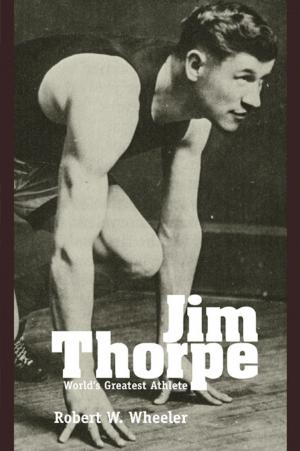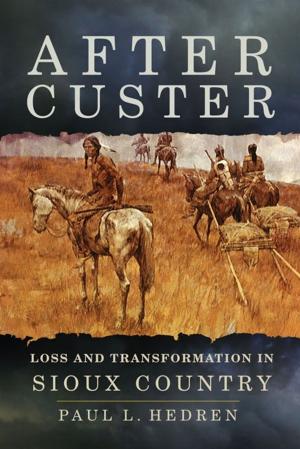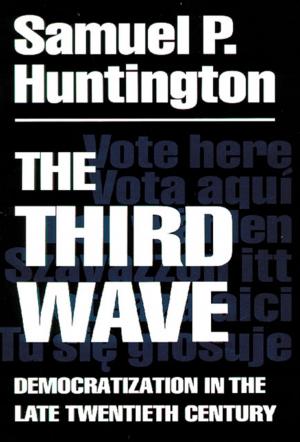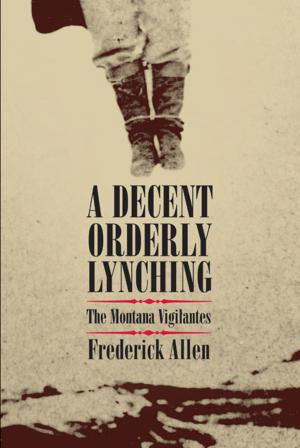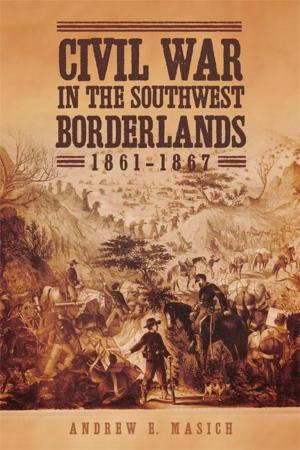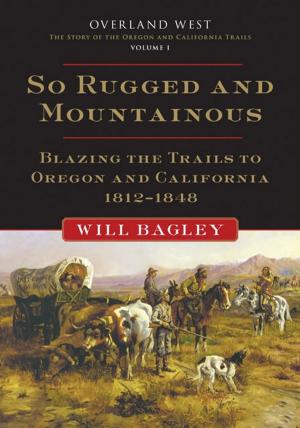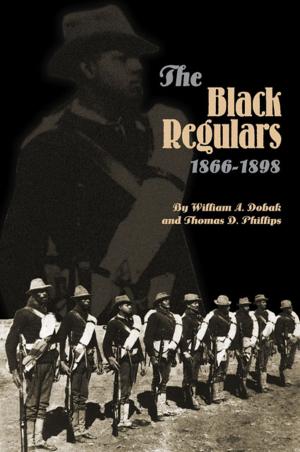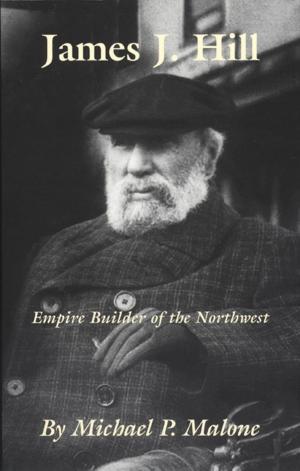A Corporal's Story
Civil War Recollections of the Twelfth Massachusetts
Nonfiction, History, Americas, United States, Civil War Period (1850-1877), Biography & Memoir, Historical| Author: | George Kimball | ISBN: | 9780806147420 |
| Publisher: | University of Oklahoma Press | Publication: | July 24, 2014 |
| Imprint: | University of Oklahoma Press | Language: | English |
| Author: | George Kimball |
| ISBN: | 9780806147420 |
| Publisher: | University of Oklahoma Press |
| Publication: | July 24, 2014 |
| Imprint: | University of Oklahoma Press |
| Language: | English |
When George Kimball (1840–1916) joined the Twelfth Massachusetts in 1861, he’d been in the newspaper trade for five years. When he mustered out three years later, having been wounded at Fredericksburg and again at Gettysburg (mortally, it was mistakenly assumed at the time), he returned to newspaper life. There he remained, working for the Boston Journal for the next four decades. A natural storyteller, Kimball wrote often about his military service, always with a newspaperman’s eye for detail and respect for the facts, relating only what he’d witnessed firsthand and recalled with remarkable clarity. Collected in A Corporal’s Story, Kimball’s writings form a unique narrative of one man’s experience in the Civil War, viewed through a perspective enhanced by time and reflection.
With the Twelfth Massachusetts, Kimball saw action at many of the most critical and ferocious battles in the eastern theater of the war, such as Second Bull Run, Antietam, Gettysburg, the Wilderness, Spotsylvania, and Petersburg—engagements he vividly renders from the infantry soldier’s point of view. Aware that his readers might not be familiar with what he and comrades had gone through, he also describes many aspects of army life, from the most mundane to the most dramatic. In his accounts of the desperate action and immediate horrors of war, Kimball clearly conveys to readers the cost of preserving the Union. Never vindictive toward Confederates, he embodies instead the late nineteenth-century’s spirit of reconciliation.
Editors Alan D. Gaff and Donald H. Gaff have added an introduction and explanatory notes, as well as maps and illustrations, to provide further context and clarity, making George Kimball’s memoir one of the most complete and interesting accounts of what it was to fight in the Civil War—and what that experience looked like through the lens of time.
When George Kimball (1840–1916) joined the Twelfth Massachusetts in 1861, he’d been in the newspaper trade for five years. When he mustered out three years later, having been wounded at Fredericksburg and again at Gettysburg (mortally, it was mistakenly assumed at the time), he returned to newspaper life. There he remained, working for the Boston Journal for the next four decades. A natural storyteller, Kimball wrote often about his military service, always with a newspaperman’s eye for detail and respect for the facts, relating only what he’d witnessed firsthand and recalled with remarkable clarity. Collected in A Corporal’s Story, Kimball’s writings form a unique narrative of one man’s experience in the Civil War, viewed through a perspective enhanced by time and reflection.
With the Twelfth Massachusetts, Kimball saw action at many of the most critical and ferocious battles in the eastern theater of the war, such as Second Bull Run, Antietam, Gettysburg, the Wilderness, Spotsylvania, and Petersburg—engagements he vividly renders from the infantry soldier’s point of view. Aware that his readers might not be familiar with what he and comrades had gone through, he also describes many aspects of army life, from the most mundane to the most dramatic. In his accounts of the desperate action and immediate horrors of war, Kimball clearly conveys to readers the cost of preserving the Union. Never vindictive toward Confederates, he embodies instead the late nineteenth-century’s spirit of reconciliation.
Editors Alan D. Gaff and Donald H. Gaff have added an introduction and explanatory notes, as well as maps and illustrations, to provide further context and clarity, making George Kimball’s memoir one of the most complete and interesting accounts of what it was to fight in the Civil War—and what that experience looked like through the lens of time.
